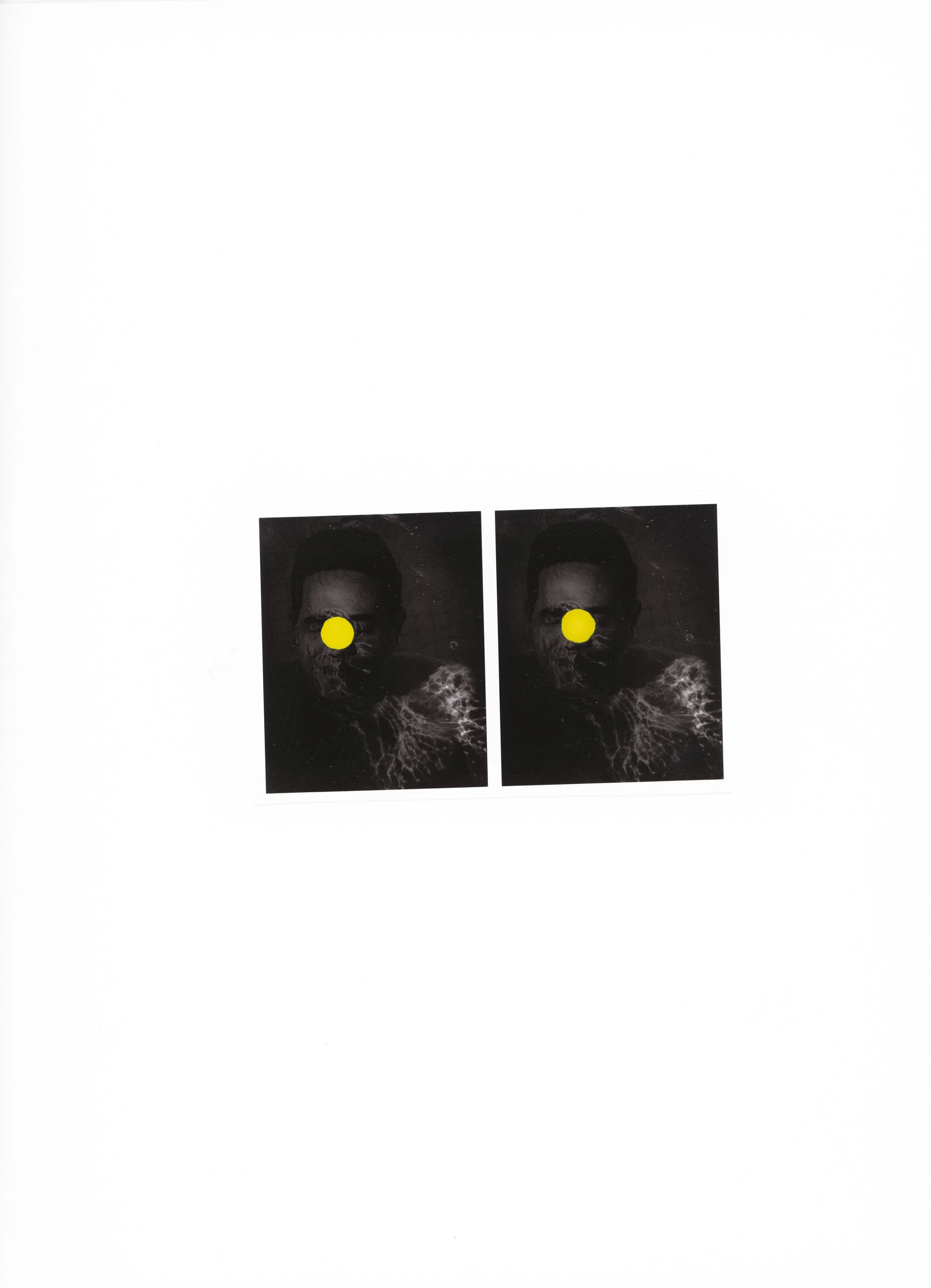Finders Keepers | Once commonplace in every home, the photo album was used to commemorate and storage family history, covering every aspect of life from birth to death. The pages tell stories that hold a little bit of each of us within them.
Finders Keepers is a body of work that explores my interest in vernacular photography and image appropriation. The decision to work with found images comes forth from the aspiration of wanting to see what I can do with photographs that I have not taken myself. It seemed to me the ideal challenge to create something new with ready-made materials —in this case images from exposed, undeveloped rolls of film which I found at antique markets and purchased online from eBay. I have enabled images that were once hidden inside film canisters to come to the surface, providing them a second chance to exist.
The moment I take ownership of the negatives, their meaning undergoes a change. As the collector, I become the artist and curator, using the photographs themselves as a medium. With their original context long forgotten, we are left with images full of curiosity, enhanced by the kitschiness of fashion styles and designs of days gone by. I will never know exactly what the photographs are about, what or who they show me, neither why they were taken in the first place. After all, I was not the one to press the shutter. I had no control over any technical and visual qualities, how the images were composed or lit. I had no input or say about what was left in- or outside of the picture frame. But it is exactly this —all these elements that make the images the way they are— that motivates me to come up with creative approaches to realise my vision and transform them into something of my own.
Each montage is made up from many individual details, extracted from many different photographs. Essentially what I am doing is similar to set building or scenic construction. I am interested in pictures that make you question what you are seeing, that compel the viewer to narrate what they think is happening. During this process of merging, the images begin to present photographic accounts of places, people and things that would have otherwise never been put in relation to one another. The outcome: restaged family events and alternative memories for a family photo album. The pages are filled with pictures you wouldn’t normally see and/or include; the mistakes, the imperfections, the unusual. I am fascinated by the idea that the unknown owners and creators of these photographs would have probably never expected to see them presented this way. www.laura-chen.com



















